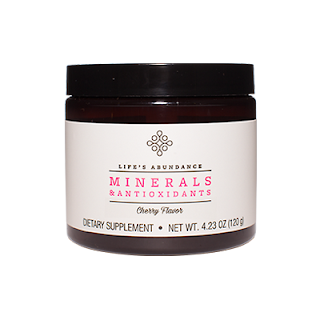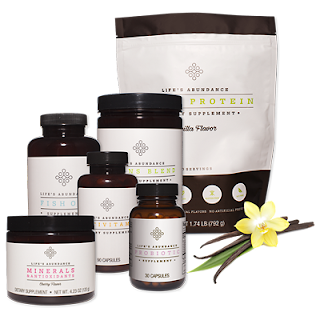The generation of people born between the years of 1940 and 1960
are expected to have major effects on health and social service
systems. By the year 2030, about one out of every five
Americans, or 20% of our population, will be a senior citizen in
the United States. In other countries such as Japan, Germany,
Sweden and the United Kingdom, senior citizens are even greater
in number.
There have been improvements in the Social Security system that
includes the introduction of Medicare that has had important
effects on the economic well-being of senior citizens in the
United States. Today, the percentage of senior citizens with
incomes below the poverty line is about 10%. These gains have
not been shared by all senior citizens. Poverty rates are higher
among certain groups of senior citizens that include:
•Black Americans
•Hispanic Americans
•People who never finished high school
•People living alone
•People 85 and older
•People living in central cites
•People living in rural areas
Level of education among US senior citizens in the future is one
of the most dramatic changes. By the year 2030, 83% of seniors
will have completed high school. Senior citizens with a bachelor
degree or more will have increased to 24%. These changes are
significant for health and social service systems because
education is closely related to lifetime income, and people with
more education generally are in better health and at lower risk
of disability. However, the better-educated seniors are expected
to be more demanding health care consumers.
Widowhood is much more common among senior citizens due to the
fact that women generally live longer than men. Senior citizens
who live alone after losing a spouse usually prefer to remain
independent and continue living alone as long as health and
finances allow it. Even though many of this group of senior
citizens have families or friends nearby they are still more
likely than those who live with others to feel lonelier and more
isolated.
Average life expectancy in the United States is currently
highest for white women, followed by black women, white men, and
black men. As an average, women who live until age 65 can expect
to live to age 84. Those who live to age 85 can expect live to
age 92. The number of people living to age 100 in the United
States is certainly growing.
Disability and diseases are much more common in senior citizens
than in people younger than 65. Common chronic conditions among
senior citizens include:
•Arthritis
•High blood pressure
•Heart disease
•Diabetes
•Lung disease
•Stroke
•Cancer
•Hip fractures
•Parkinson’s Disease
•Alzheimer’s disease
•Dementia
An increase in the senior citizen population means more health
care expense, and the likelihood of having more than one disease
among senior citizens also increases. Among people age 65 and
older, 30% have three or more chronic diseases. Having more than
one disease complicates care. Sudden change or illness in one
body system may stress another body system and make it difficult
to interpret symptoms for a definitive diagnosis. Sometimes the
symptoms one disease may hide the symptoms of another disease.
For example, a person with arthritis may never be physically
active enough to show symptoms of heart disease, which makes
making the heart disease difficult to recognize.
Senior citizens who need assistance with routine ADLs rely first
on family. The use of paid helpers, however, is consistently
higher among older adults living alone and increases with age.
On the average, senior citizens go to the doctor more often than
younger adults. Senior citizens are also hospitalized more
frequently than younger people.
Senior citizens utilize the services of home health care that
includes medical treatment, physical therapy and homemaker
services more than the younger population. Prescription drugs
are a major part of medical treatment. At least 80% of senior
citizens take one or more prescribed medicines.
One of the most important, unanswered questions is whether or
not our increased lifespan will be filled with good days and
years. It is not likely one answer can be applied to all senior
citizens because of the great variations in health and
functioning from one senior citizen to the next.
Other unanswered questions can only be answered by the passage
of time. These questions include:
•Will the increasing numbers of senior citizens with more
education and longer lives contribute productively to the larger
society?
•Can the health care system handle the greater number of senior
citizens?
Some analysts fear the great increase in the numbers of senior
citizens from the baby boomer generation of people born between
the years of 1940 and 1960 may place a strain on the medical
care system and the public programs that finance health care and
retirement to the breaking point. What we have on our side is:
•Improvements in health behavior
•Medical breakthroughs
•Financial prosperity
These three may help diminish the threats from the increased
senior citizens from the baby boomer generation of people born
between the years of 1940 and 1960.
Source: Foundation for Health in Aging
Disclaimer: These statements have not been evaluated by the Food
and Drug Administration. The information in this article is not
intended to diagnose, treat, cure or prevent any disease. All
health concerns should be addressed by a qualified health care
professional.






